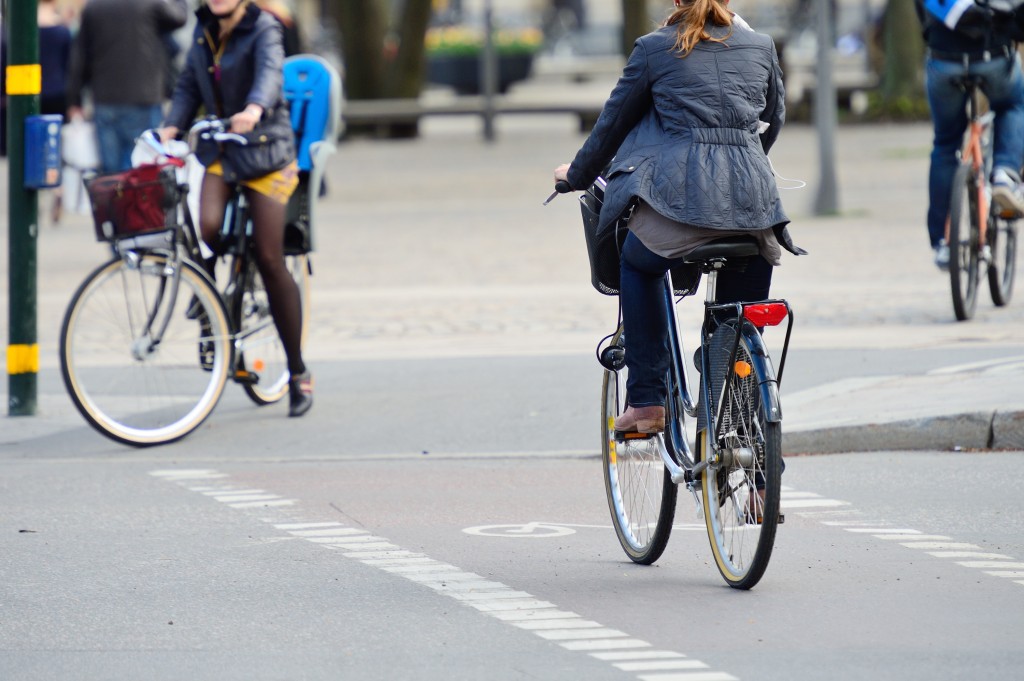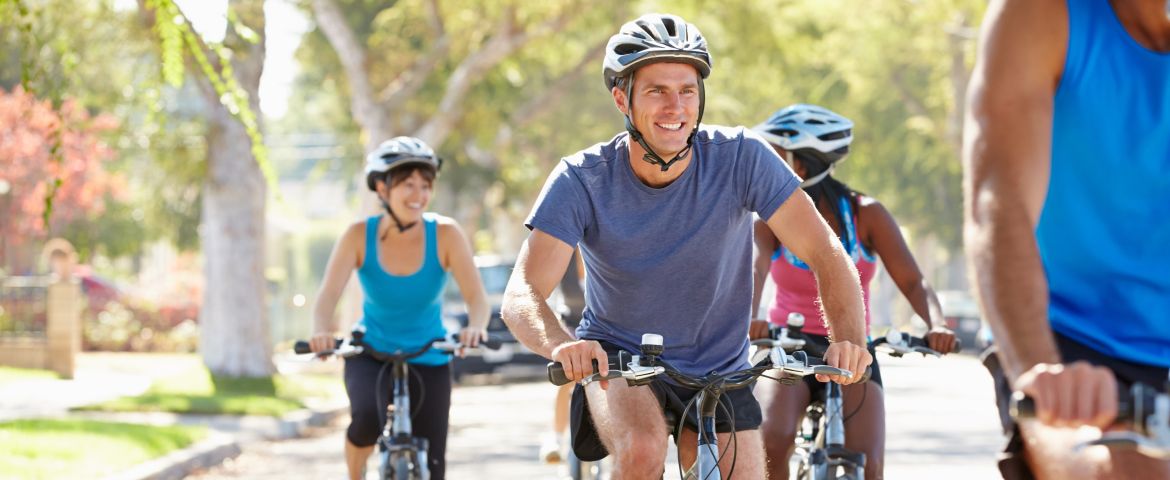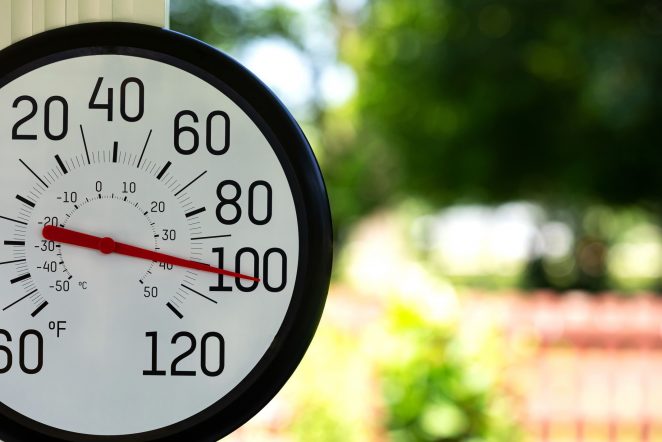By: Kim Thomas
Check Your Equipment
If you don’t ride your bike regularly, always check your shifting, brakes, wheel spin and seat height before going out on a big ride. It’s also a good idea to have your bike checked by a certified mechanic at a bike shop at least once a year. In addition to being an important safety precaution, this will help your bike last longer. Always wear your helmet, especially on a group bike ride.
Different cities have different rules on how to ride on the road.
Rules of the Road
Different cities have different rules on how to ride on the road. For example, Downtown Grand Rapids law requires bike riders stay single file. Detroit says you may ride single file or two-abreast at any time, but no more than that. For many group bike rides,you can ride two by two, but single file is always recommended in heavy traffic. Never run traffic lights or stop signs. Tired riders behind you will instinctively follow you and could be injured. You don’t want to put others in that situation. Stop and wait. Also, you don’t want to engage angry people in cars. You can’t educate angry drivers and may actually make it worse for the riders the driver encounters in the future.
On a Group Ride
- Be aware. During the first few miles of a big group ride like the Gran Fondo, the group will usually take up the whole side of the road and be packed with little room between riders. Keep your hands on or near the brakes – it will help you react quickly should you need to slow down. Also, watch for the signs telling you where to turn. It is important you never cross the center line! The road is not closed to traffic.
- Be vocal. Because visibility can be limited when you’re riding with a crowd of cyclists, help each other by announcing potential hazards; intersections, potholes, turns, traffic or anything else that might cause an accident. And let others know when you are turning, passing and slowing to prevent any unnecessary mishaps. Everyone may have different hand signals, so use words whenever possible. This also allows you to keep your hands on the handle bars. Announce everything you do. Never assume other riders know what you are about to do or where you are going.
- Ride in a predictable fashion. You don’t want to make quick direction changes, keep a straight line. Maintain a consistent direction of motion and avoid weaving. Watch for potholes, other riders or debris ahead and change direction gradually rather than suddenly.
- Look ahead.You want to keep your head up and pay attention. Focus 20 or 30 feet in front of the bike. Remember, the bike will go where your eyes go. Keep your head up. Don’t become fixated on the rider in front of you. Regularly look 3 to 5 riders ahead. Look back carefully because it is easy to swerve while looking back.
 Ride to the right. Pass on the left. Ride near the right side of the road as much as you can, and leave a gap for faster riders to pass you on the left so they do not have to cross the center line. Don’t pass on the right unless you know there is room and the rider in front absolutely knows you are coming.
Ride to the right. Pass on the left. Ride near the right side of the road as much as you can, and leave a gap for faster riders to pass you on the left so they do not have to cross the center line. Don’t pass on the right unless you know there is room and the rider in front absolutely knows you are coming.- Keep a steady effort. You don’t want to ride speed; you want to ride effort. Continue pedaling downhill. If you coast down a hill, everyone behind you has to brake.
- Use the brakes sparingly. Feather the levers lightly instead of clutching them. Stay easy on your brakes. Most crashes are caused by someone braking sharply and the rider behind touching wheels with them. If you are getting too close to the rider immediately in front of you, try soft pedaling instead of braking to adjust the gap. If you need to brake, do it by gently tapping the rear brake.
- Be wary on climbs. If you are following a wheel headed into a climb, watch for riders ahead of you to stand abruptly. When a rider stands on a climb, he slows for a second. To avoid this danger, let the gap open a bit on hills or ride a foot to either side. And be careful when you decide to stand up.
- Protect your front wheel. If your rear wheel is struck, a fall is unlikely because it has nothing to do with steering the bike. However, if your front wheel is contacted, you could go down. Help prevent this by never overlapping someone’s rear wheel. This means keep your wheels aligned with the person next to you. If your handlebars are not parallel to your pace line partner, you are overlapping and it is dangerous. It is like driving in the blind spot.
- Stay relaxed. A relaxed, comfortably spinning rider will always be safer than someone with stiff arms and arched back.
- Rest stops. Be extra cautious near rest stops. Riders will often swerve when they see a rest stop. And watch for cyclists rejoining the flow of riders – they will often be distracted, or trying to stuff a few extra ride snacks into their pockets.
- Be patient. Accidents happen when you fly through a crowd of cyclists travelling at a slower speed. It’s important to be patient, and keep in mind that this might be some people’s first substantial ride.
About the Author: Kim Thomas is the vice president of general counsel at Priority Health. She is avid cyclist and has participated in her fair share of bike races and group rides. Kim is a Greater Grand Rapids Bicycle Coalition Board member as well as a USA Cycling Certified Coach.


